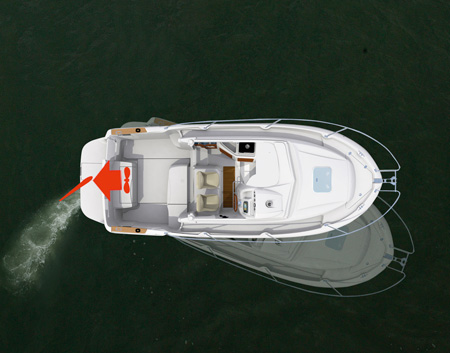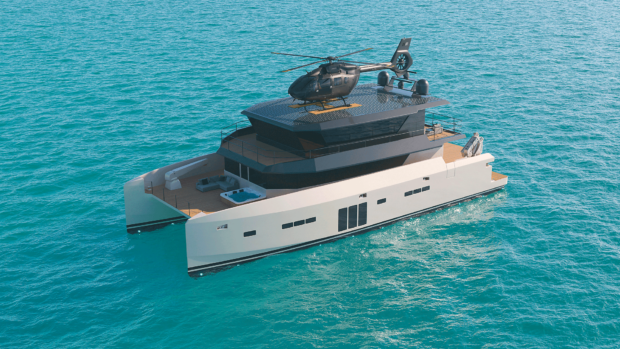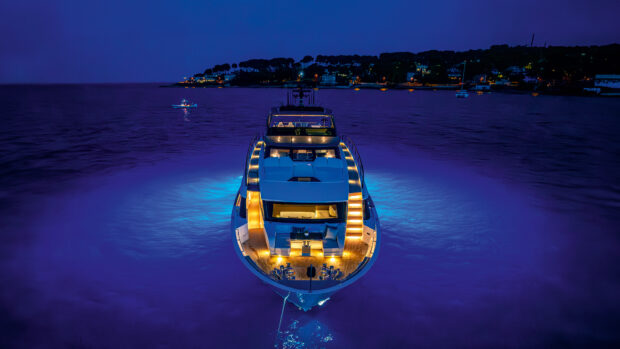Boat handling, navigation and the on-water elements that effect us
Part 1
Boat Behaviour
Even complete novices to motorboating realise that handling a boat is somewhat different from sliding behind the wheel of a car. While tyres grip a road, a hull is able to roam free over its liquid environment. So what do you need to consider when manoeuvring a boat? This introductory article explains how a boat reacts and explores why outside influences – such as tidal stream and wind – need to be taken into account. Once you are aware of these factors and your boat’s likely behaviour then you can approach any boat handling situation with confidence.
Rudders
To be effective a rudder requires a flow of water over it. When motoring steadily ahead it is largely the water running past the rudder, due to the forward motion of the boat, that enables it to steer. At slow speeds and while manoeuvring where larger amounts of rudder are applied the turning effect is due to the physical impetus of propeller wash hitting the rudder and pushing the stern in the opposite direction. Unfortunately, when endeavouring to steer astern the flow of water over the rudder is poor and largely ineffectual. Therefore, trying to steer a boat backwards is often tricky, especially on single-engined craft that need their rudders to create any steerage when going astern.
Sterndrive boats rely on the directional force of the propeller(s) for steerage and need to be ‘in gear’ to respond to the helm.

To function, a rudder requires a flow of water over its surface
Propellers
Propellers produce the thrust that drives the boat and are either designated right or left-handed, depending on which way they spin when driving the boat forward.
For example, a right-handed prop turns to the right or clockwise.
On twin-engined vessels, gearboxes are invariably fitted that rotate the shafts and propellers in different directions.

Caption – Propellers are right or left-handed

Caption – Twin-engined, contra-rotating propellers are set up so they rotate outwards when ahead: the starboard one is right-handed, the port one left-handed
However, although most of a propeller’s thrust comes out in a fore and aft direction to push the boat forward, there is also a sideways component, usually termed the ‘prop walk’ or ‘paddlewheel effect’ that pushes the boat to one side (see diagram below).
It is sometimes evident once an engine is knocked into gear but before the boat has made much speed, this is particularly true with single-engined craft. Prop walk doesn’t have much effect when going ahead but it is noticeable when engaging astern.










